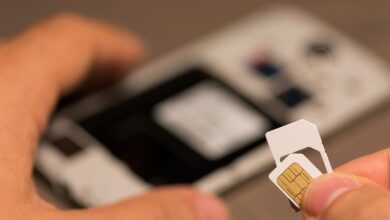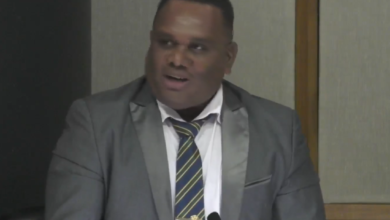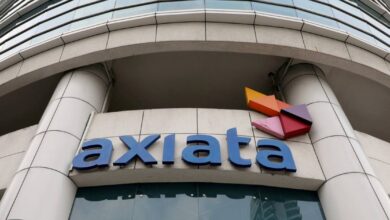OLT Plans “Digital Future” – Lakota Times

PINE RIDGE—Randy Hughes has a goal, to “put Oglala to work on our digital future.” As director of the Oglala Sioux Tribe’s (OST) new Oglala Lakota Telecommunications company (OLT), Hughes is heading up the concerted efforts to bring modern broadband to even the most remote corners of the Pine Ridge Reservation.
At 51, and an enrolled tribal member, Hughes has “been an IT specialist my entire adult career.”
“OST is creating a single IT department,” Hughes told L.T. He recently attended a National Tribal Telecommunications Association (NTTA) in Chandler, Az, and many solid companies desiring to assist tribes with broadband access were present, and as Hughes told LT, “it is obviously a competitive business,” but Hughes feels that OST is in the best position to understand and implement comprehensive telecommunication services (including telephone and TV) to their reservation.
He explained how OST has entered into a telecommunications agreement with the Cheyenne River Sioux Tribe: “The CRTA is the oldest tribal telephone company in the US, it is now in its 66th year. Over most of the Cheyenne River Reservation, CRTA provides telephone service as well as broadband internet service to homes and services. The businesses are often called community anchor institutions (CAI), government agencies and schools. OLT entered into a Memorandum of Agreement with CRTA, for them to provide us guidance and support in standing up a similar company on the Pine Ridge Reservation, to service the broadband and internet needs of Pine Ridge for residences, businesses and CAI institutions.”
Funding for OST’s mission to bring broadband to every corner of the reservation comes from a variety of sources. Hughes: “The tribe set aside American Rescue Plan Act funds of $5.3 million to help stand up the broadband operations of OLT. The tribe also received a US Dept of commerce NTIA tribal broadband connectivity program grant of $19.62 million. That’s to deliver fiber optics across the reservation as well as a wireless broadband system. For the last year we are working on the National Environmental Policy Act portion of that project; we have to get the environmentals done before we can construct.”
But there is even a larger award to help fund OLT’s efforts: “The second award we just received from the Secretary of Agriculture, Tom Vilsack, was $35 million reconnect grant to deploy fiber optics to some homes on the reservation. This will bring modern broadband to homes in Wounded Knee, Porcupine, Batesland, (to areas) south of Sharp’s Corner, south of Manderson; fiber optics directly to the home to provide high-speed broadband internet services as good as anywhere in America. The first award I talked about will bring wireless internet to homes that don’t have broadband access and will be operated by OST, on special tribal frequency 2.5 GHz that’s licensed only to OST.”
Such an extensive project won’t happen overnight, but OLT has 13 employees and looks to hire more, all enrolled tribal members, and they are already hard at work making their mission a reality.
“When we were at the NTTA” Hughes said, “they showed timelines along the lines of four or five years to deploy some of these large scale networks, and I’ve been here just over a year. Some of the projects will be available this spring. We are doing a pilot project in the Batesland Area to provide wireless and I believe that will be operational by the end of spring, to up to 168 homes.”
Competition has had years to step up and comprehensively service the reservation and this has not happened. Hughes said, “The tribe believes they can deliver these services best to tribal members on the reservation, because the competitors haven’t delivered internet everywhere. Our goal is to deliver broadband and internet access to every citizen on the reservation, to make sure everybody is accessible and knows how to use it; that is called Digital Inclusion, and that’s supposed to be a part of our deployment.”
Hughes explains that internet access was guaranteed in the 1868 Treaty. OLT attorney Mario Gonzalez, an expert on treaty rights and Indian Law, told LT: “There’s case law that says you interpret the treaties in a modern context, not the way they are written.”
Hughes said that the words in the treaty read “works of utility,” but as Gonzalez points out, the modern expression of those works would include broadband as utility.
Hughes reiterates that in about five years every home on Pine Ridge will have internet, telephone and TV access the equal of any part of the country, and that the LLC that delivers this service will be OST owned and operated.
(James Giago Davies is an enrolled member of OST. Contact him at skindiesel@msn.com)



